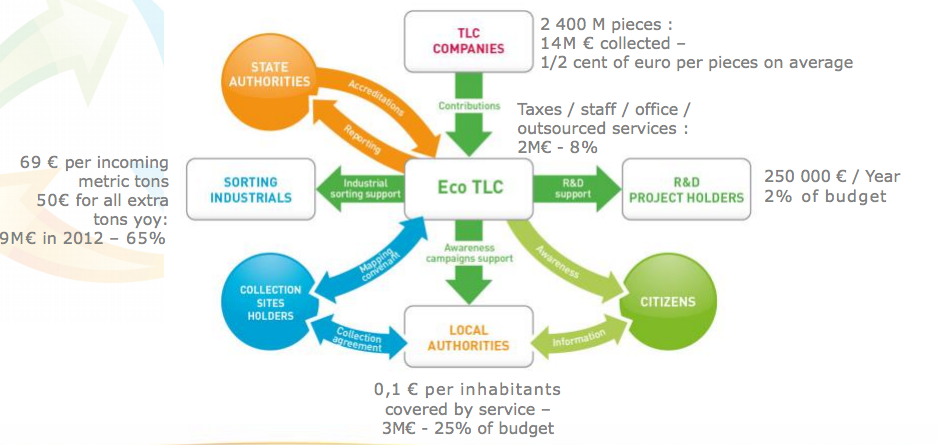
By: Ilaria Pasquinelli, Twitter: @ilaria78, international marketing consultant for the textile and fashion industry.
I had the opportunity to attend the Mistra Future Fashion symposium on May 28 in Malmö, Sweden. The theme of the symposium was “Sustainability & Producer’s Responsibility in Textiles”.
Mistra Future Fashion (MFF) is a 4-year research project (2011-2015), funded by the Swedish government via Mistra, the Foundation of Strategic Environmental Research. MFF has the aim to “create a systemic change in the fashion industry that leads to sustainable development of the industry and wider society while at the same time strengthening the competitiveness of this industry“. The research project is led by a consortium of research institutes and universities including Chelsea College of Arts and Design’s TED research team, Malmö and Copenhagen universities among others. MFF supports the Swedish fashion industry but it is obvious that the research outcomes are relevant to the global industry.
MFF has a very holistic approach that has the goal of supporting the industry to re-think their business models, design and industrial processes and promote consumer behaviour change. The role of government and policy makers is also a key research area, led by Malmö University. The main research question is around the role that policy instruments play to support the Swedish fashion industry’s journey towards sustainability and how these instruments can help it become a model for the global fashion industry. The need for a more active role of policy makers and legislators is one of the main takeaways from the symposium. A key topic in this area, discussed also in one of the breakout sessions, was the role of politics to extend producer responsibility. How France deals with it is an interesting case study presented at the symposium.
The French government signed a law (Article L-541-10-3 of the Code de l’Environnement) in 2006 (then ratified in 2008) that extended household linen, clothing and footwear businesses’responsibility to the end of life of their products.

Since then, companies that “introduce clothing, household linen, and footwear items on the French market to sell it under their own brands” are considered responsible by law for providing or managing the recycling of their products at the end of their usage. Companies have two options: they can either organise their own recycling programme that must be approved the French authorities or pay someone else (accredited by law) to do it for them. Eco TLC, founded in 2008 is the only organisation accredited by the French public authorities to provide recycling services to textile, clothing and footwear businesses. This company is a non-for-profit private company directed by a board of industrials that aims to tend towards 100% reuse and recycling for used TLCs. Currently, Eco TLC represents more than 93% of the industry. Companies pay Eco TLC based on the volume put on the market and the size of each piece (between €0.001 and €0.002 average by the piece). Collected volumes of textiles and footwear have been increasing by 8% annually since 2009 (from ca. 125k tonnes in 2009 to ca. 154 tonnes in 2012). The interesting part is that most of the textiles are re-used (60-65%), recycled (25-30%) and only a small part is wasted (5-10%) and the volume of wasted textiles has been decreasing since the start of the project.
Denmark and particularly Copenhagen are about to start a zero textile waste project. Motivated by resource scarcity risks and potential cost savings for the fashion industry, it aims to increase re-usage of clothing and hence minimise incineration. Something like 89,000 tonnes of textiles (clothing and home textiles) are collected annually: only 45% is collected of which 53% (ca. 24% of the total) of which more than half is incinerated. Based on the principle that waste is a resource, it is a clear missed opportunity for the Danish fashion institute.
Another takeaway from the symposium and something everyone agreed on is that the quality, as in durability, of clothing should increase. Waste volumes have been increasing in western markets in the last decades not only due to the changed lifestyles but also due to an average lower product quality and durability. This would of course also increase product re-usability. Until then, all measures and projects seem to be curing the symptoms and not the disease.

